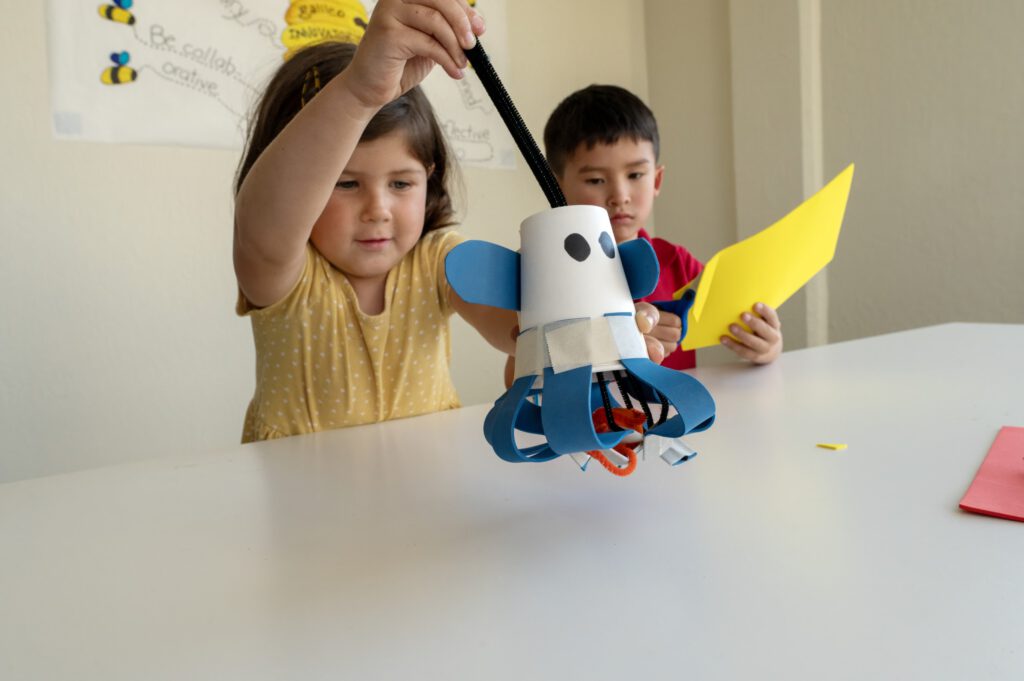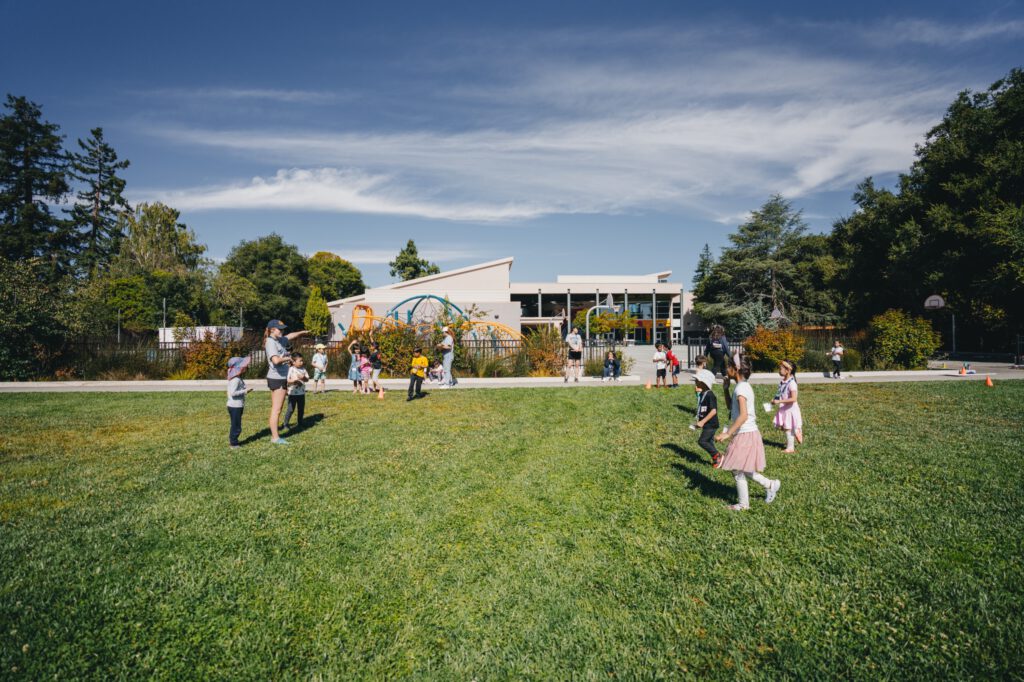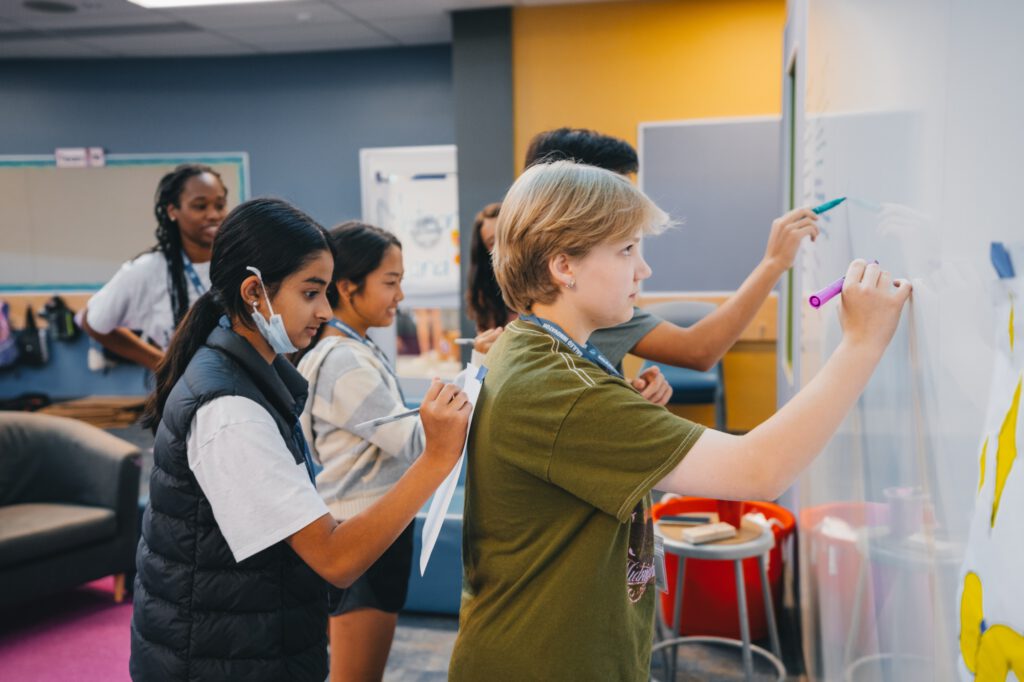“The arts and sciences are avatars of human creativity—[they] are our attempt as humans to build an understanding of the world around us.” These are the words of Mae Jemison, medical doctor, art collector, dancer and the nation’s first African-American astronaut. To Jemison, art and science are inseparable. During her senior year in college, she made the difficult decision to apply to medical school rather than moving to New York to become a professional dancer. Passionate about both science and the arts, she has long been a powerful advocate for a balanced educational experience, arguing that the same human creativity that conceived, built and launched the space shuttle provides the ingenuity to design, choreograph and stage a dance performance.
Striving for the type of balance in education that Jemison champions is essential for our kids today. Though STEM programs and arts integration might seem to be disparate concepts, STEAM programming (science, technology, engineering, art and math) is finding more and more support from educators, kids and parents. Including the arts in a STEM-focused program brings a crucial balance that breathes life into the creative process. Art gives an alternate perspective, an approach to creativity and problem-solving that differs from the logical, subjective and systematic one inherent in the STEM subjects. A summer camp that offers STEM and arts integration ensures that kids get an amazing and well-rounded learning adventure.
Advantages of a STEAM-Powered Camp
Arts integration is an approach to learning in which students demonstrate their understanding of a concept through an art form. Kids learn about both art and the other discipline through the creative process. With arts integration in the STEM disciplines, the objectives of each complement and reinforce the other. Kids get a well-rounded learning experience that allows them to develop a variety of useful skills. Here are some advantages to a STEAM approach:
- Project-based learning (PBL) is a very effective method for STEAM exploration. Rather than separating the disciplines, they are applied holistically and in context to solve an authentic problem or create a meaningful project. PBL opens opportunities that require problem-solving and critical thinking skills.
- Like a real workplace or an active community, a STEAM summer camp involves kids in collaborative teamwork, where they will practice learning to communicate by actively listening, explaining ideas, building empathy, and giving and accepting feedback. They may also have opportunities to exercise leadership skills, such as decision making, project management and conflict resolution.
- STEAM camps with a PBL approach emphasize innovation while teaching a design thinking process. Through this process, campers learn to take risks, to persevere and to reflect back. Confidence builds as they begin to see failures as steps along the road to success and recognize the value of rapid prototyping.
- Project-based learning is empowering and motivating for kids because they get to play an authentic role in their own learning. Getting involved with totally immersive and hands-on designing, building, testing and evaluation of their projects helps them to follow their curiosity and trust creative instincts. Kids begin to see themselves as scientists, engineers and designers and, as they come to understand creativity in a new way, strive to fulfill their new roles as creators and innovators.
Building Specialized Skills
In addition to the communication, collaboration and critical thinking skills inherent in a summer camp experience built on STEM with arts integration, there are opportunities to develop a specialized skill set related to the camp’s theme. Consider these exciting opportunities:
- The human body – kids with interest in anatomy and physiology or biomechanics can gain specific knowledge from a summer camp that involves them in the body’s art and science. Whether through examining its intricacies or envisioning assistive devices, campers engage multiple centers of the brain as they focus on this natural marvel from a variety of angles. They gain an understanding of the body’s structures and their functions as they create imaginative representations.
- Space travel – with multiple Mars rocket launches currently in the works, kids’ interest in space exploration is timely and realistic. In a space-themed program, campers will be inspired by the beauty of the cosmos as they learn about jet propulsion and rocket trajectories. Specialized vocabulary and an understanding of physical science concepts are some of the takeaways.
- Engineering and cross-country travel – between the civil engineering involved in designing roads and bridges and the mechanical engineering that envisions new and improved vehicles, a STEAM camp can impart valuable skills and useful experience. Campers use geography and an exploration of different cultural heritages as inspiration for integrating art into their engineering-focused projects. With their eye on both the aesthetic and the mechanical aspects of infrastructure and vehicles, campers create visionary transportation innovations.
- Makerspace and materials science – campers consider form and function as they think outside the box to find uncommon uses for everyday materials. After examining each material’s sensory qualities and testing its inherent properties, kids have the freedom to exercise voice and choice as they fabricate original inventions with their repurposed materials.
Achieving a Healthy Balance
There is an optimism in innovation because it emphasizes what’s possible. Though kids will undoubtedly use science, math and technology skills in their future, they will also need art. A STEAM summer camp, like Camp Galileo and Galileo Summer Quest, built on science, technology, engineering, art and math objectives, will challenge multiple learning centers in kids’ brains, helping them to develop creative and innovative thinking. By learning a adaptable design process, they will gain skills they can apply in many contexts. Through immersion in various STEAM projects at camp, they will experience an innovative mindset that is not discipline-specific, but easily transferable to all of their future endeavors. They will be empowered to follow their interests—all of them—and like Mae Jemison, reach the stars by achieving a successful balance among all aspects of learning.
Check out these opportunities for STEAM summer camps in the San Francisco, Southern California, and Chicagoland areas. Enroll in a camp session or sign up for our mailing list to keep up-to-date on our camp happenings and innovation resources. Or, for more information about Galileo camps, contact us here.





